Blockchain networks
In the era of Web 2.0, a centralized framework dominated the digital landscape, posing vulnerabilities and privacy concerns. App development followed a linear path from controlled environments to production servers, ensuring thorough vetting. Web 3.0, powered by blockchain, disrupts this paradigm with decentralized environments—devnets, testnets, and mainnets. Devnets provide a risk-free space for initial coding, while testnets simulate real-world conditions.
Mainnets, the launch pad, witness live transactions and public access. These stages mark a blockchain’s evolution, steering it from conception to real-world integration. Navigating this shift demands understanding and leveraging these environments, crucial for resilient, future-ready decentralized applications.

Embarking on a blockchain journey involves navigating the crucial stages of devnet, testnet, and mainnet. TokenHunters simplify the intricacies, defining these phases succinctly. Devnet acts as the experimental canvas where concepts take shape. Testnet, a dress rehearsal, ensures applications run seamlessly without financial risks. Mainnet, the grand stage, witnesses real transactions and tangible digital assets, testing the protocol’s integrity. The significance lies in this structured progression—devnet for ideation, testnet for risk-free trials, and mainnet for actualization. These stages aren’t just milestones; they’re a meticulous journey, assuring blockchain projects are resilient and optimized for the decentralized digital economy. Adhering to best practices is paramount as projects transition through these stages, ensuring a stable, secure, and user-friendly environment mirroring the final product.
Mainnet
- Final Product
- Real Value
- Real Risks
- Actualization
The mainnet stands as the pinnacle of a blockchain project, a live network where transactions hold real value, and the protocol faces the challenges of a dynamic marketplace. Serving as the backbone of cryptocurrencies, mainnets facilitate the broadcast, verification, and recording of transactions through interconnected nodes. Using consensus mechanisms like PoW and PoS, they ensure global agreement on transaction validity.
Mainnets support smart contracts, empowering DApps and eliminating intermediaries. With robust security protocols and transparent ledgers, mainnets provide an unalterable record of transactions. Open to public participation, mainnets foster an innovative environment, allowing users to transact, create wallets, and engage with DApps seamlessly.
Testnet
- Stress Testing
- Semi–Fake Value
- Community Engagement
- Risk-free Trials
Testnets are the rehearsal spaces of blockchain development, providing a lifelike experience without the financial risks of the mainnet. In these environments, developers deploy applications and run smart contracts, diagnosing bugs, tuning performance, and training users. Their vital role in bug detection ensures a secure mainnet environment, protecting real assets from vulnerabilities. As testing grounds for network upgrades, testnets rigorously vet changes for stability, preventing disruptions on the mainnet.
These platforms offer risk-free user training and serve as innovation sandboxes, empowering developers to experiment without mainnet constraints. Furthermore, testnets foster community engagement, involving users in the testing process to refine technology and build trust within the blockchain community.
Devnet

- Product Development
- Testing
- Fake Value
- Ideation
A devnet serves as the experimental canvas for blockchain innovators, providing a secluded realm for refining ideas away from the live environment’s scrutiny and risks. This bespoke playground empowers developers to shape and mold their concepts in a controlled setting, fostering innovation without the fear of real-world consequences. Decrypting Devnets illuminates this vital phase in blockchain application development, where ideas are born and cultivated in a customizable, risk-free environment.
These networks offer developers a controlled space for initial prototyping, security assessments, and stability tests, ensuring a smooth transition through development stages. Devnets prioritize confidentiality, allowing developers to experiment and innovate in private before unveiling their creations to the wider audience.


